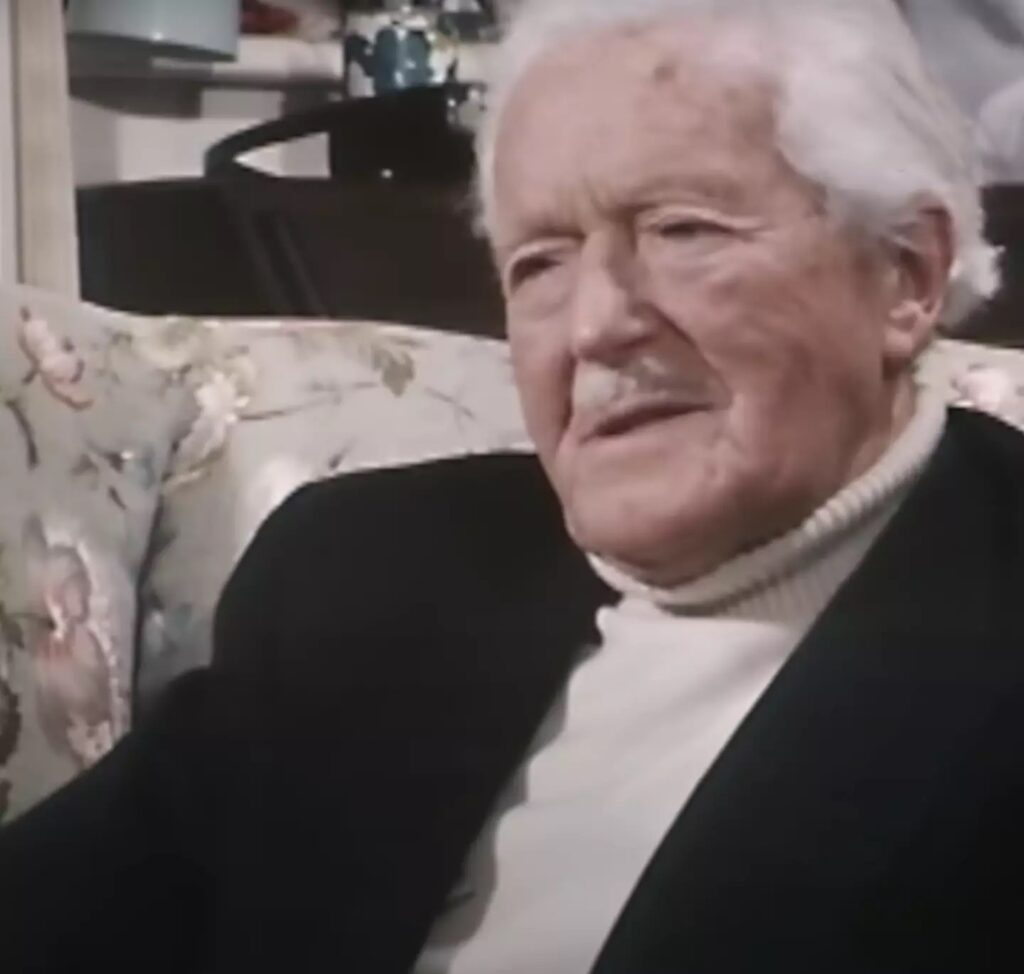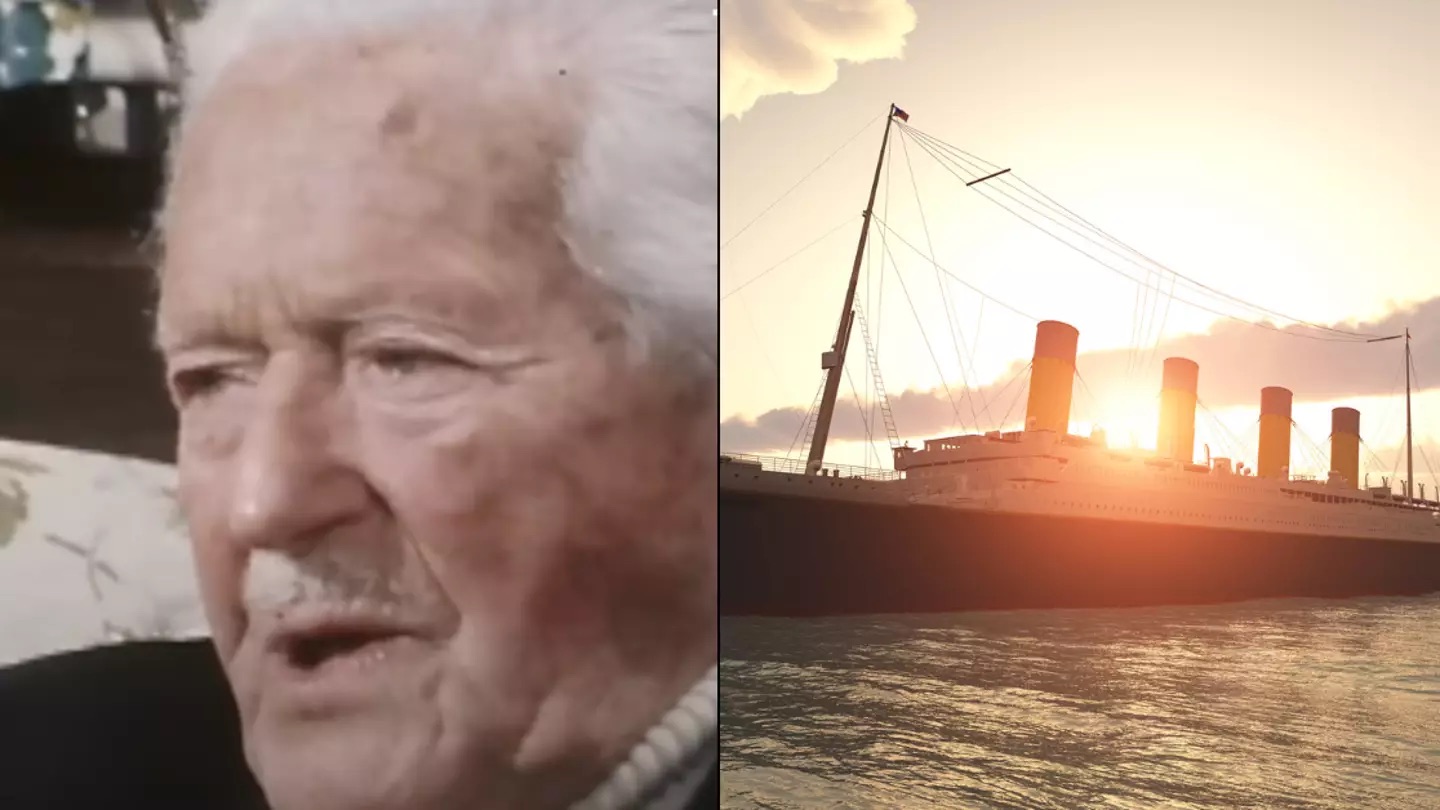A Titanic survivor who served as a crew member recounted his experience of the ship striking the iceberg, expressing that “more people could have been saved.” Frank Winnold Prentice was just 23 years old when he joined the Titanic’s crew as an assistant storekeeper on April 4, 1912, a mere ten days before the ship’s tragic collision.
He boarded the Titanic on April 10, setting sail toward its infamous fate.
After the ship hit the iceberg, Prentice made his way to the deck, where he witnessed large chunks of ice and began assisting passengers in boarding lifeboats as it became clear that the Titanic was sinking.
With only two lifeboats remaining, Prentice discussed their options with fellow crew members Cyril Ricks and Michael Kieran. The trio ultimately decided to jump overboard before the ship completely submerged, with Prentice narrowly avoiding the ship’s propellers as he entered the water.

His pocket watch, which he kept after the sinking, stopped at 2:20 a.m., marking the moment of the tragedy. Unable to locate Kieran, Prentice stayed with Ricks, who was injured when they entered the water, until he succumbed to his injuries.
Eventually, Prentice was rescued by lifeboat 4, which remained nearby to pick up survivors. He was given a cloak by Virginia Estelle Clark, a passenger he had previously assisted by putting a lifejacket on and convincing her to board earlier. He credited this gesture with “probably saving my life.”
In later years, Prentice recounted his experience to the BBC, describing the impact as “like jamming your brakes on the car.” He said, “There was no real impact. It was like slamming on the brakes, and that was it—she just stopped.”
Looking out from an open porthole, he saw a clear sky filled with shining stars and a calm sea, which puzzled him. “I thought, ‘I don’t know.’ I couldn’t understand it, so I came out of my cabin,” he explained. Though he couldn’t see the iceberg as the ship had already passed it, the light from the portholes illuminated the water, revealing no visible damage above the waterline.
Prentice observed that many more lives could have been saved, noting that the first lifeboats launched “didn’t have many passengers” because people were “afraid to go down.”
He noted that many people “didn’t believe she was going to sink” and suggested that more lives could have been saved if more individuals had boarded the lifeboats. If all the lifeboats had been used, up to 1,178 people could have been rescued, in contrast to the 705 who actually survived the disaster.
However, given the circumstances, most of those on board would not have survived, as the Titanic carried a total of 2,240 passengers and crew.
